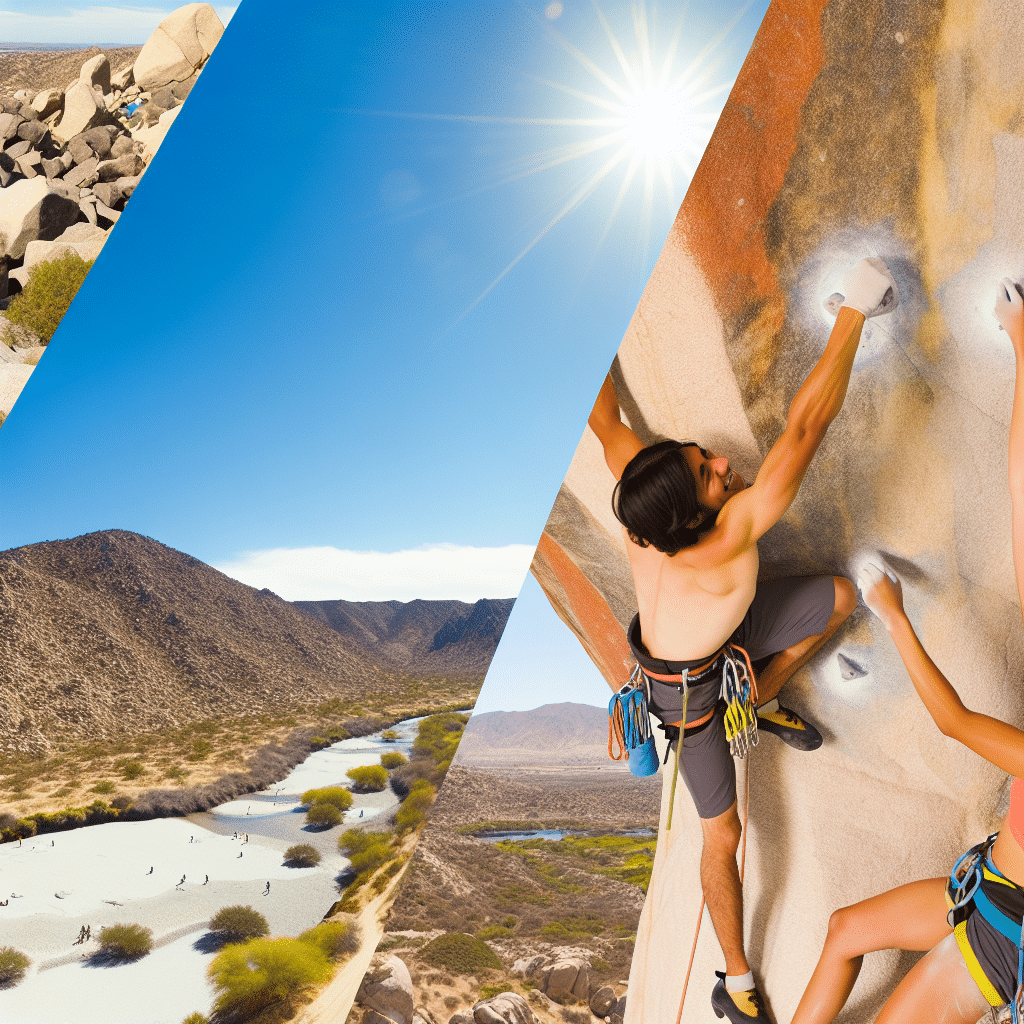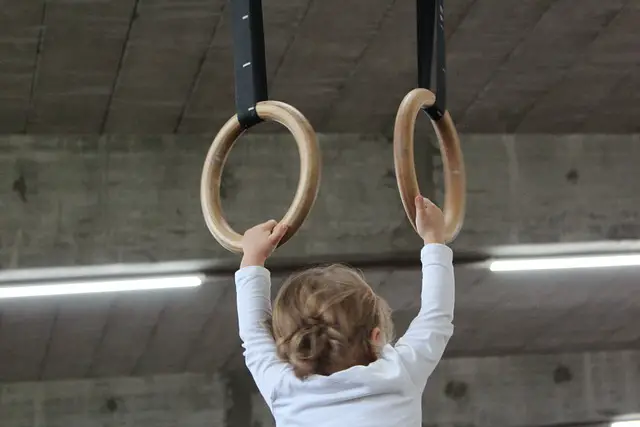Caving, also known as spelunking, is an exciting adventure sport that involves exploring natural underground spaces. But as every seasoned caver knows, not all caves are created equal. Some caves require more than just walking and squeezing through tight passages; they demand special skills and equipment to descend and ascend vertical spaces. This specialized activity is known as vertical caving. Let’s delve into what makes vertical caving both thrilling and challenging, and why it continues to captivate adventurers around the world.

What is Vertical Caving?
Vertical caving, also known as “pit caving,” involves exploring caves that feature significant vertical sections, including shafts, pits, and cliffs. Unlike horizontal caving, which usually involves walking, crawling, and minor climbing, vertical caving demands advanced techniques to rope down and climb back up. This requires specialized equipment such as harnesses, ropes, helmets, and carabiners, along with a strong understanding of climbing techniques and safety measures.
The Gear You Need
Safety is paramount in vertical caving. The essential gear includes:
– **Helmet**: A sturdy helmet with a headlamp is crucial to protect your head and provide hands-free illumination.
– **Harness**: A full-body or sit harness is necessary to secure yourself to the rope.
– **Ropes**: Dynamic and static ropes are used for different sections of the cave, where static ropes are preferred for vertical descents.
– **Carabiners and Descenders**: These are used to control the speed of your descent and to secure yourself to anchor points.
– **Ascenders**: Mechanical devices that allow you to climb back up the rope safely.
– **Protective Clothing**: Durable, waterproof clothing and sturdy boots help protect against the rough cave environment.
Why Venture into Vertical Caving?
The appeal of vertical caving lies in its unique blend of physical challenge, technical skill, and the awe-inspiring beauty of untouched subterranean landscapes. The sense of accomplishment that comes from overcoming the difficulties of a vertical cave is unparalleled.
The Physical Challenge
Vertical caving is a full-body workout. It requires upper body strength for climbing and gripping ropes, lower body strength for ascending, and core strength for balance and stability. Additionally, the endurance needed to navigate long vertical sections tests even the fittest adventurers. This physical challenge is one reason why vertical caving attracts seasoned climbers and fitness enthusiasts.
A Test of Technical Skills and Problem-Solving
Navigating vertical caves demands more than just physical prowess. It requires a deep understanding of climbing techniques, rope management, and knot tying. Cavers need to be proficient in using their gear and must be prepared to solve problems on the fly, whether it’s fixing a rope snag or setting up a new anchor point. The technical demands of vertical caving make it a mentally stimulating activity, as each descent and ascent presents unique challenges to overcome.
Safety First: Precautions and Training
Safety is the most critical aspect of vertical caving. Unlike horizontal caving, where the primary hazards are slips and falls, vertical caving involves the risk of falling from significant heights. As such, proper training and preparation are essential.
Training and Practice
It’s highly recommended that beginners take a course from a certified caving instructor. These courses cover the basics of rope work, including how to use ascenders and descenders, tie knots, and perform self-rescue techniques. Practicing these skills in a controlled environment, such as a climbing gym or a training wall, before attempting a vertical cave is crucial.
Buddy System
Never go vertical caving alone. Always have at least one partner, but preferably more. Your partners can assist in case of an emergency, help manage the ropes, and offer moral support. Communication and teamwork are vital components of a successful and safe vertical caving expedition.
The Environmental Beauty of Vertical Caves
While the technical and physical aspects of vertical caving are undeniably challenging, the rewards are equally great. Vertical caves often feature stunning geological formations such as stalactites, stalagmites, and flowstones. These natural wonders, formed over thousands or even millions of years, offer a glimpse into a hidden world few get to see.
Pristine, Unspoiled Scenery
Many vertical caves remain untouched by human hands, which means they offer pristine, unspoiled environments. The sense of exploration and discovery, of being one of the few people to witness a cave’s beauty, is an unparalleled experience.
A Window into Earth’s History
Vertical caves also serve as natural time capsules. They contain fossils, mineral deposits, and other geological features that offer clues about the Earth’s history and the processes that have shaped it. For geologists and naturalists, vertical caving provides a unique opportunity to study these phenomena up close.
Conclusion
Vertical caving is not for the faint-hearted, but for those who seek adventure, physical challenge, and the thrill of exploring uncharted territories, it offers an unparalleled experience. By mastering the technical skills, prioritizing safety, and respecting the cave environment, adventurers can delve into these vertical wonders and uncover the hidden beauty beneath the Earth’s surface. Whether you’re a seasoned climber or a curious beginner, the world of vertical caving awaits—offering challenges to overcome and wonders to behold.



